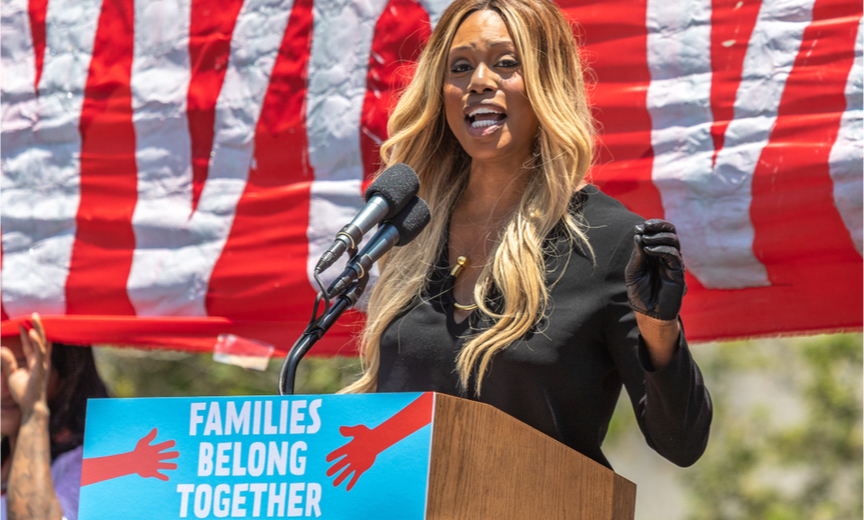Transgender Day of Remembrance is Wednesday. Gender-questioning Americans are at a crossroads never seen before in American society. They’re exposed and seen by the public. They’re scorned and disproportionately attacked and killed on the streets across our nation. And, in their hopelessness, they consider suicide at an alarming rate.
Last June, The Trevor Project released results from its inaugural National Survey on LGBTQ Youth Mental Health, and the findings were sobering.
Numbers Don’t Lie
The organization’s cross-sectional national survey of LGBTQ youth across the US found that some 39% of LGBTQ youth “seriously considered” attempting suicide over the previous 12 months. More than half of those who considered killing themselves? Transgender and non-binary youth.
In addition, 57% of transgender and non-binary youth who have undergone conversion therapy reported a suicide attempt in the last year alone. A startling 78% of transgender and non-binary youth report being the subject of discrimination due to their gender identity.
More From MetrosourceOctober 29th, The Trevor Project released its most recent research study, “Diversity of Youth Gender Identity.” Its brief identifies the different ways that more than 25,500 LGBTQ youth describe their gender identity using data from a National Survey on LGBTQ Youth Mental Health. Those highlights are illuminating as well:
Survey Says…
One in four LGBTQ youth identifies outside of the gender binary. In fact, 25% of respondents selected gender queer/gender nonconforming, a different identity, or chose multiple identities. Within the gender binary, 7% of youth exclusively selected transgender man or transgender woman.
The vast majority of those under 21 who selected “different identity,” then opted to write-in their gender identity either identified as non-binary or gender-fluid. Similar responses included underage youth who responded that they are questioning or not fixed in their gender identity, or they identify as “demigender” (which means feeling an incomplete connection to a particular gender identity). These connections encompass such identities as dimity, demigirl, demiflux, semifluid), a-gender, bigender, genderflux, queer, two spirit, gray gender, gender neutral, pangender and polygender — among others.
Read Next | These Are 10 Outstanding LGBT Organizations You Should Know About
At Risk
Make no mistake: These numbers mean that, while members of the LGBTQ community are more visible than ever, they’re also more likely to face discrimination and depression as a result of living their lives more openly.
Sam Brinton, head of Advocacy and Government Affairs for The Trevor Project, put the survey’s findings in focus. “In the face of violence, the transgender community is as resilient as ever,” he says.” We must honor the legacies of those we have lost by taking action to protect transgender people and prevent the post-mortem erasure of LGBTQ identities. The Trevor Project is here 24/7 to support transgender people and we know that up to 50 percent of all trans people have made a suicide attempt. We will continue advocating for more inclusive policies and data to address this crisis and eradicate violence in all of its forms.”
Many youth also took the opportunity with their write-in option to explain the nuances of their own gender identities and expression. For example, some underage respondents specified they were non-binary along with another adjective or gender identity label (that is, non-binary masculine, non-binary femme, non-binary woman) or by providing multiple gender identities (e.g., agender & demiboy, genderfluid/androgynous, neutrois and genderfluid).
Want Metrosource LGBTQ content notifications? Sign up for MetroEspresso.

Read Next | Finding a Great LGBT Friendly Physician in New York
Last modified: November 19, 2019











